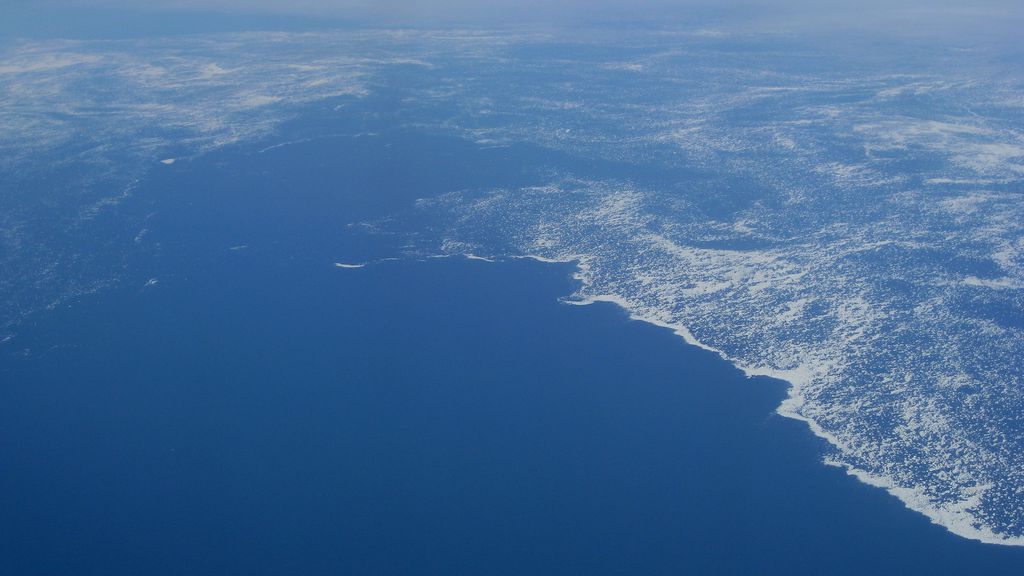Image: Briobox / CC-BY-2.0
A team of renowned scientists from the University of Derby in the United Kingdom and Uppsala University in Sweden have made a surprising discovery in the Davis Strait, a geographic region between Canada and Greenland. Through a complex study involving seismic and gravity data, the researchers have identified a new microcontinent, a discovery that shakes up current theories about the region’s tectonics.
What led to the discovery of this geological phenomenon was the accurate mapping of the thickness of the Earth’s crust in the region. The data indicates that the region has a continental crust that is much thicker than the global average, ranging from 19 to 24 kilometers, which is a clear indication of continental characteristics.
What is a microcontinent?
Microcontinents are parts of continental crust that have been separated from larger landmasses. They are well-defined and are usually surrounded by thinner oceanic crust. The discovery in Davis Strait suggests that this tectonic block may have been separated from the larger continent at some point during Earth’s geological history.
What does this discovery mean for science?
This finding is not just a footnote in a geological science textbook; it has profound implications for our understanding of how continental plates move and behave. The research team suggests that the process of basin formation and seafloor spreading in the Labrador Sea and Baffin Bay began about 118 million years ago, with the continents breaking apart about 61 million years ago.
The impact of this study on the understanding of plate tectonics
The study, published in the journal Gondwana Research, is a landmark in geology. Not only does it shed light on the processes behind the formation of this strange region of the planet, it also provides valuable data that could help predict and understand future tectonic movements and their potential consequences for the environment and humanity.
Although the Davis Strait is an area that has been extensively explored and studied, mysteries like this show that there is still much to learn about our planet. The discovery of the microcontinent provides a new window into the large-scale tectonic events that shaped the Earth as we know it today.
It is expected that this new knowledge could be used to improve current geological models and, perhaps most importantly, help scientists predict and mitigate the effects of future tectonic activity. As mapping and investigation technology continues to advance, we will continue to discover more about the secrets hidden beneath our feet.

“Music fanatic. Professional problem solver. Reader. Award-winning tv ninja.”






More Stories
Couple retakes glacier photo after 15 years, surprised by changes: ‘It made me cry’
Two killed in hotel collapse in Germany – DW – 07/08/2024
Lula speaks for half an hour on phone with Biden about Venezuela’s electoral impasse | Politics